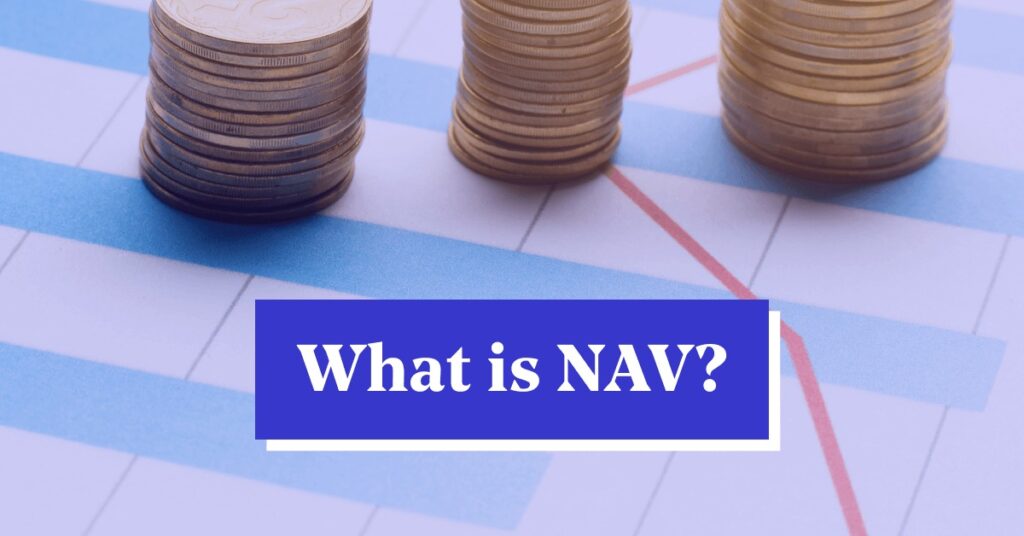Investing in mutual funds has become an increasingly popular option for individuals seeking to grow their wealth while mitigating risks through diversified portfolios. One essential concept that every investor must understand when dealing with mutual funds is the Net Asset Value (NAV). Whether you’re a seasoned investor or just starting your financial journey, comprehending what NAV signifies can provide clarity on the valuation of your investments.
At its core, NAV in mutual funds represents the per-unit value of the fund’s assets minus its liabilities. Essentially, NAV gives investors an indication of how much each unit of the fund is worth. Calculated at the end of each trading day, NAV fluctuates based on market conditions, the performance of the underlying assets, and the management fees incurred by the fund.
Calculating NAV
To comprehend NAV in mutual funds, it’s crucial to understand how it’s calculated. The formula is simple:
[ text{NAV} = frac{text{(Total Assets – Total Liabilities)}}{text{Total Number of Units Outstanding}} ]
For instance, suppose a mutual fund in India holds assets worth ₹1,00,00,000 including equities, bonds, etc., and has liabilities amounting to ₹10,00,000. If the fund has issued 90,000 units, the NAV calculation would be:
[ text{NAV} = frac{text{(₹1,00,00,000 – ₹10,00,000)}}{text{90,000}} = frac{₹90,00,000}{90,000} = ₹100 ]
This implies that each unit of the mutual fund is valued at ₹100.
Importance of NAV
Understanding NAV is pivotal as it affects how investors buy and sell units of mutual funds. When purchasing mutual funds, investors buy units at the prevailing NAV. Similarly, when redeeming, the units are sold back to the fund at the current NAV.
However, NAV alone should not be the sole indicator of investment value or performance. A higher or lower NAV doesn’t necessarily mean that one fund is better than another. Instead, NAV should be used in conjunction with other measures like fund returns, expense ratio, and fund objectives to make informed investment decisions.
Role of Expense Ratio
Another critical factor influencing NAV in mutual funds is the expense ratio. This ratio represents the operational expenses incurred by the fund manager, including management fees, administrative expenses, and other associated costs. Typically, these expenses are expressed as a percentage of the average asset value of the fund and are deducted before the NAV is calculated.
For instance, if a mutual fund has an expense ratio of 2%, this means that 2% of the assets’ value will be deducted to cover the expenses. Therefore, if a fund’s value was ₹1,00,00,000, ₹2,00,000 would be deducted for expenses, reducing the assets to ₹98,00,000 for NAV calculation purposes.
Impact of Expense Ratio on Returns
The expense ratio can significantly affect the returns investors earn from mutual funds. A higher expense ratio can erode returns, especially over the long term. For example, if two mutual funds have similar performance but one has an expense ratio of 1% and the other has 2%, the fund with a lower expense ratio will generally deliver better returns to its investors after accounting for expenses.
Investors should carefully evaluate the expense ratio against the fund’s performance to ensure they are not overpaying for management fees that might dilute their returns.
Summary
Understanding NAV in mutual funds is crucial for investors to make informed decisions. NAV represents the value of a single unit of a mutual fund’s assets minus its liabilities, providing insight into the current valuation of the investment. Calculated daily, NAV serves as a purchasing and redemption price for mutual fund units. While NAV offers transparency in fund valuation, it’s important to use it alongside other measures like the expense ratio and fund performance to gauge the fund’s profitability accurately.
Expense ratios play an integral role in determining NAV, as they encompass managerial and operational costs of the fund, impacting the returns realized by investors. It’s crucial to fathom the relationship between NAV and expense ratios, as a higher ratio can reduce potential gains. Investors are encouraged to evaluate NAV relative to expense ratios and overall fund performance to ascertain the true cost-benefit equation of their mutual fund investments.
Disclaimer
The Indian financial market offers a myriad of investment opportunities, but investors must exercise due diligence before making decisions. Understanding NAV in mutual funds and the impact of the expense ratio is imperative for informed investing. The information provided is educational and should not be construed as investment advice. Investors should assess all associated risks and consult with financial advisors to ensure their investment strategy aligns with their financial goals.
In conclusion, while NAV is a vital factor in mutual fund investing, the interplay of various components such as fund performance, expense ratio, and market dynamics should be thoroughly analyzed to ensure optimal investment decisions.
- Understanding NAV: The Price Tag of Your Mutual Fund Units
- At its core, NAV in mutual funds represents the per-unit value of the fund’s assets minus its liabilities.
- NAV in mutual funds, expense ratio
Related posts:
 Scott Tominaga Demystifies Private Equity – A Beginner’s Guide
Scott Tominaga Demystifies Private Equity – A Beginner’s Guide
 These 10 Penny Stocks Could Make You Rich in 2025 – Don’t Miss Out!
These 10 Penny Stocks Could Make You Rich in 2025 – Don’t Miss Out!
 American Gold Eagles vs. Gold Buffalos: Which Coin is Right for You?
American Gold Eagles vs. Gold Buffalos: Which Coin is Right for You?
 The Advantages of CFD Trading on ZFMarkets Explained for Beginners and Seasoned Traders
The Advantages of CFD Trading on ZFMarkets Explained for Beginners and Seasoned Traders
 Exploring Options for Affordable Epoxy Resin in the Philippines: Trends and Insights
Exploring Options for Affordable Epoxy Resin in the Philippines: Trends and Insights
 Best Reasons to Buy a Flat in Spring Apartments Lahore Pakistan
Best Reasons to Buy a Flat in Spring Apartments Lahore Pakistan
 Essential Guide to Key Person Insurance for Business Risk Management
Essential Guide to Key Person Insurance for Business Risk Management
 Local vs Import Food Trading: What Your Dubai Foodstuff License Covers
Local vs Import Food Trading: What Your Dubai Foodstuff License Covers








